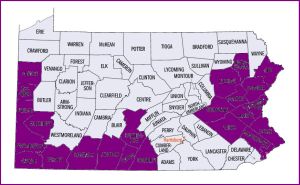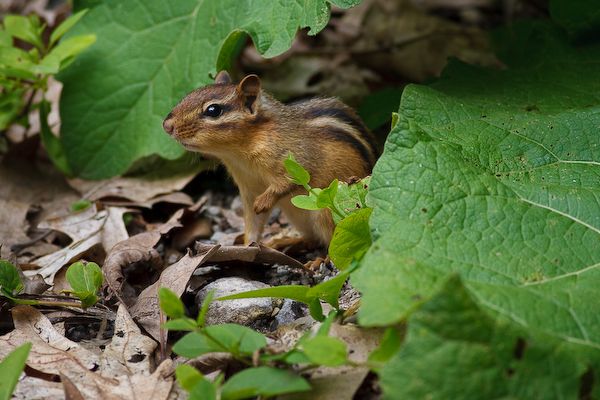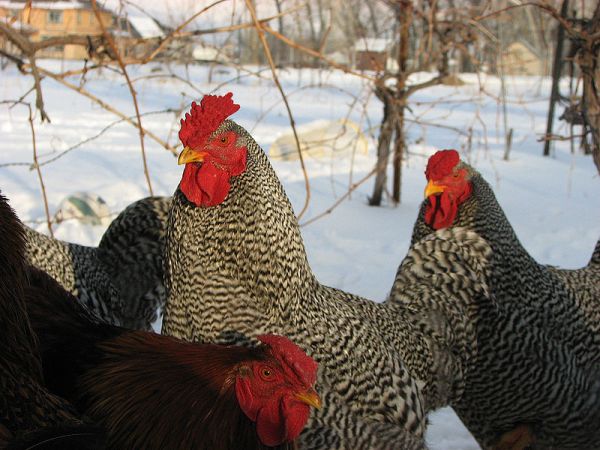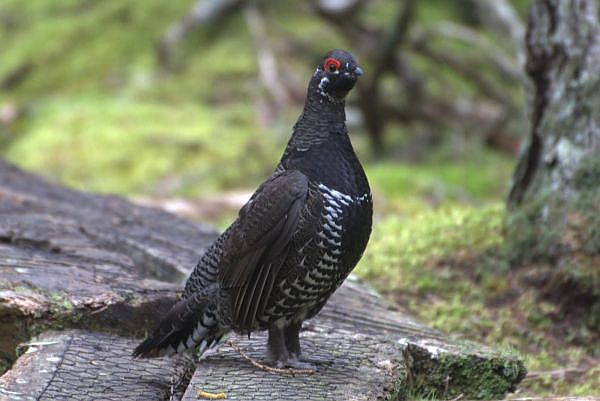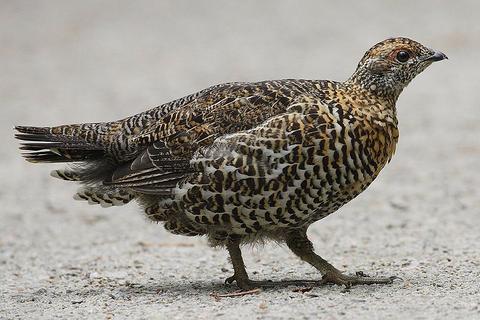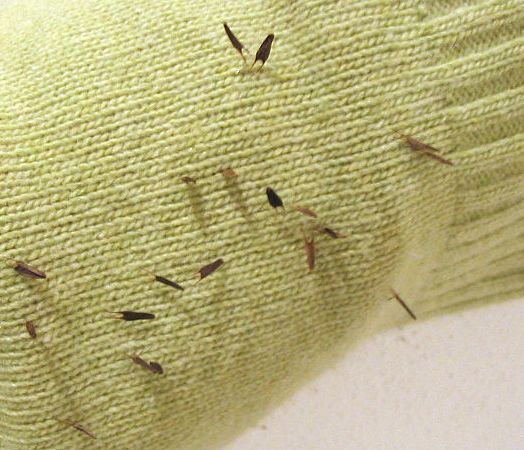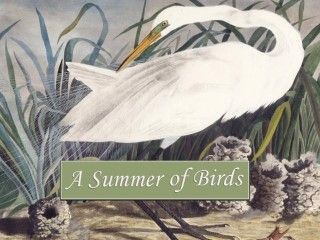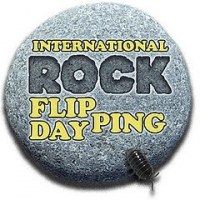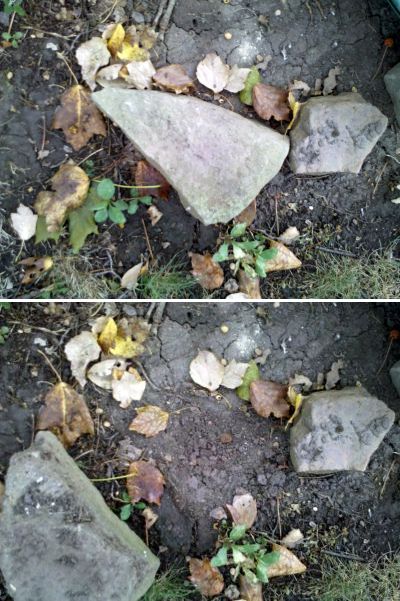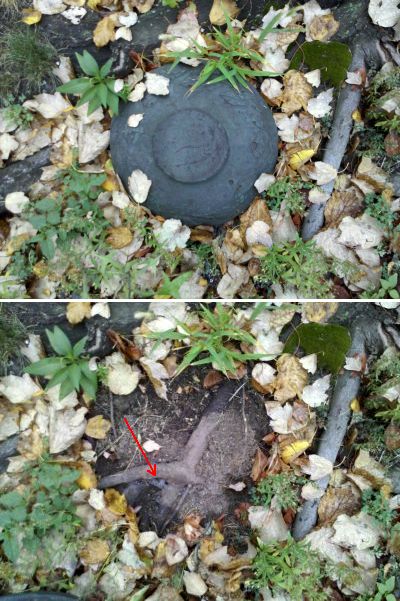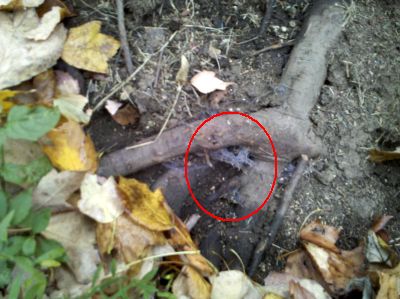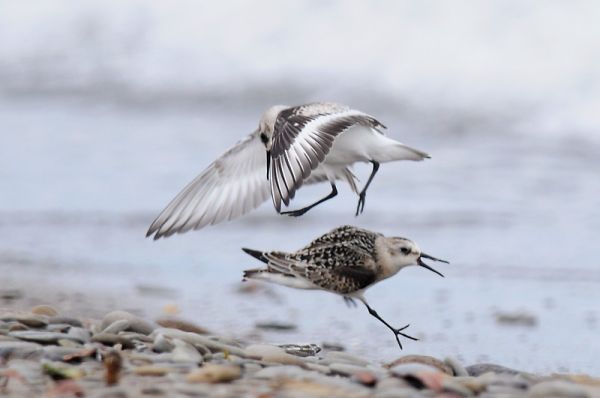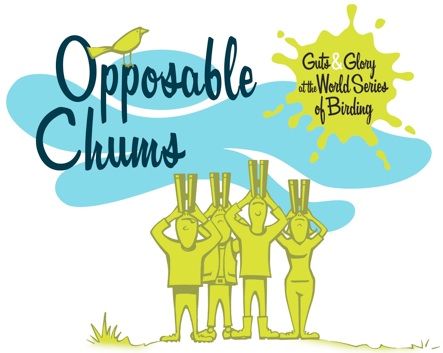
Last, but by no means least, on Things With Wings Sunday is a program on the inspiration, exasperation, perspiration and total elation of my favorite pasttime: birding!
First broadcast in May 2009, Opposable Chums: Guts and Glory at the World Series of Birding is all about the premier birding competition held every year on one day in May in New Jersey. The World Series of Birding (WSB) pits teams of birders against each other and the clock to find the most species they can in 24 hours.
It’s a far friendlier contest than it sounds. Long before the competition begins the teams gather pledges toward their species counts. As the big day approaches they scout the state for hard-to-find birds and hold a Swap Meet to trade notes on where to find them. High counts help everyone because the pledges go toward bird conservation. WSB raises $500,000 or more every year.
So what do birders do at the World Series of Birding? Opposable Chums follows the teams, as fast-paced as they are. In and out of cars, up and down the beach, bird jokes and coffee, you get the flavor of the contest and if you’re a birder, you’re challenged by the video clips of birds WITH NO SUBTITLE TO IDENTIFY THEM. I caught the fever. I had to identify those birds! I called out their names as I watched. I was into it!
At the end of the program I wanted to go birding.
Watch Opposable Chums at 6:00pm on Sunday September 26 on WQED … and tell me… what’s your count? Show will also air on Sunday, 6 January 2013 at 5:00pm.
(logo from the Opposable Chums website. Click on the logo to visit the website)

